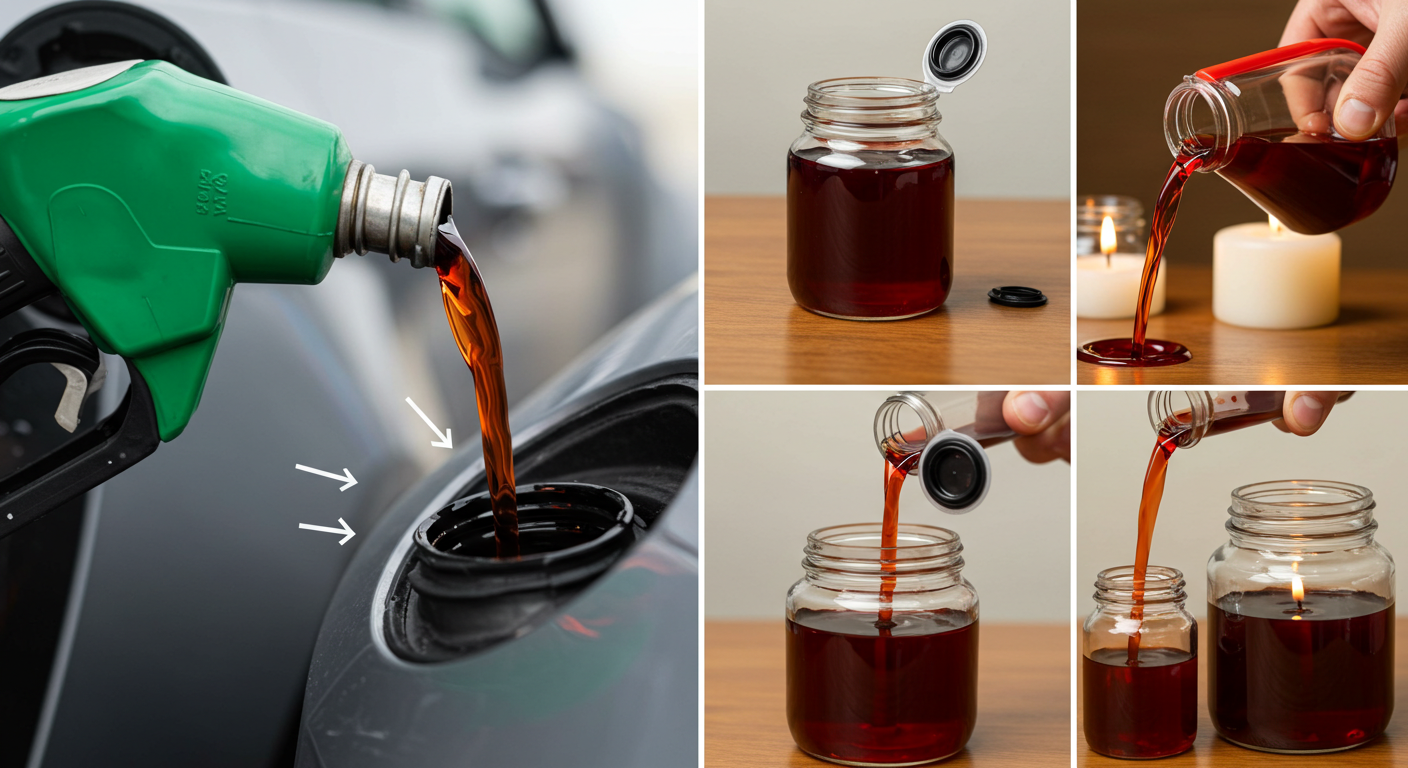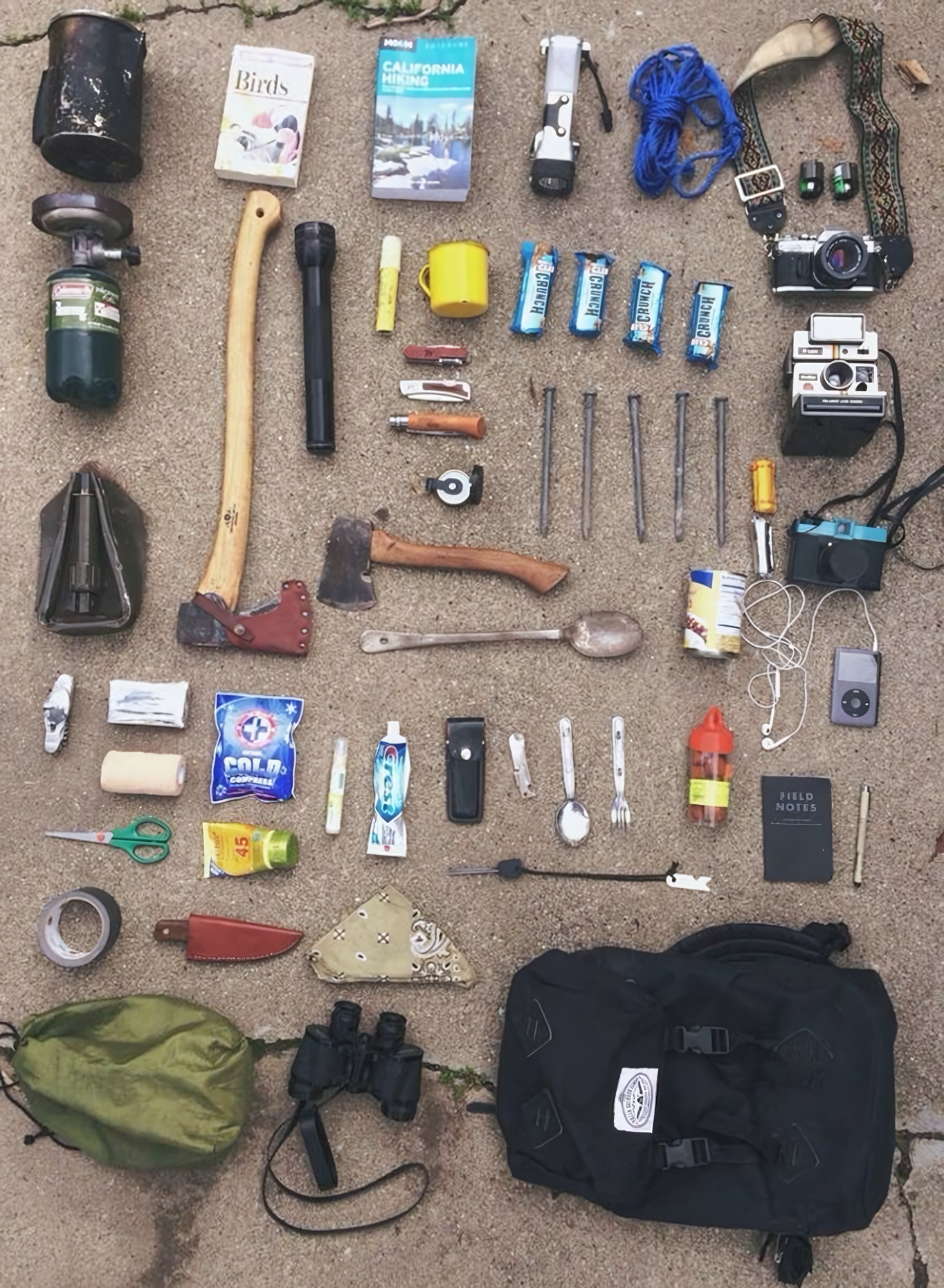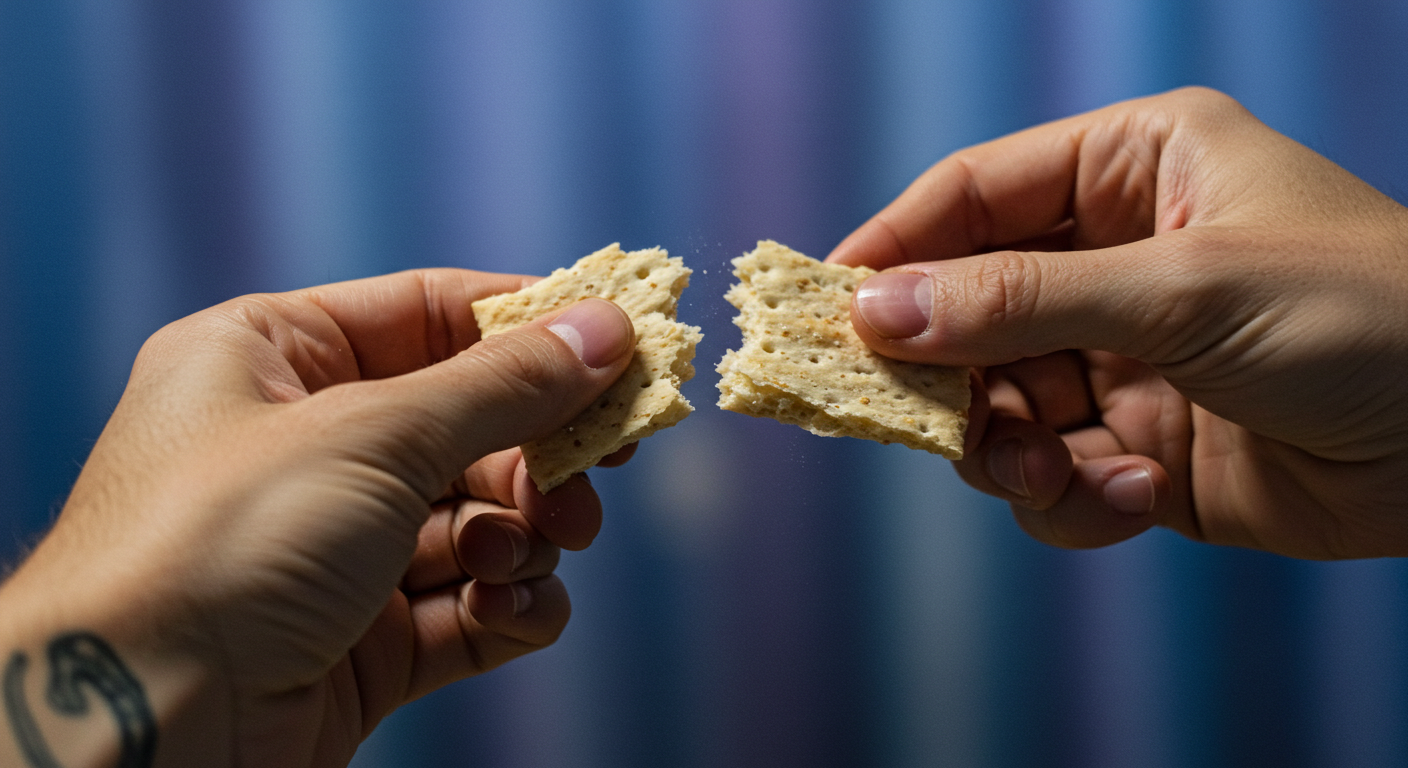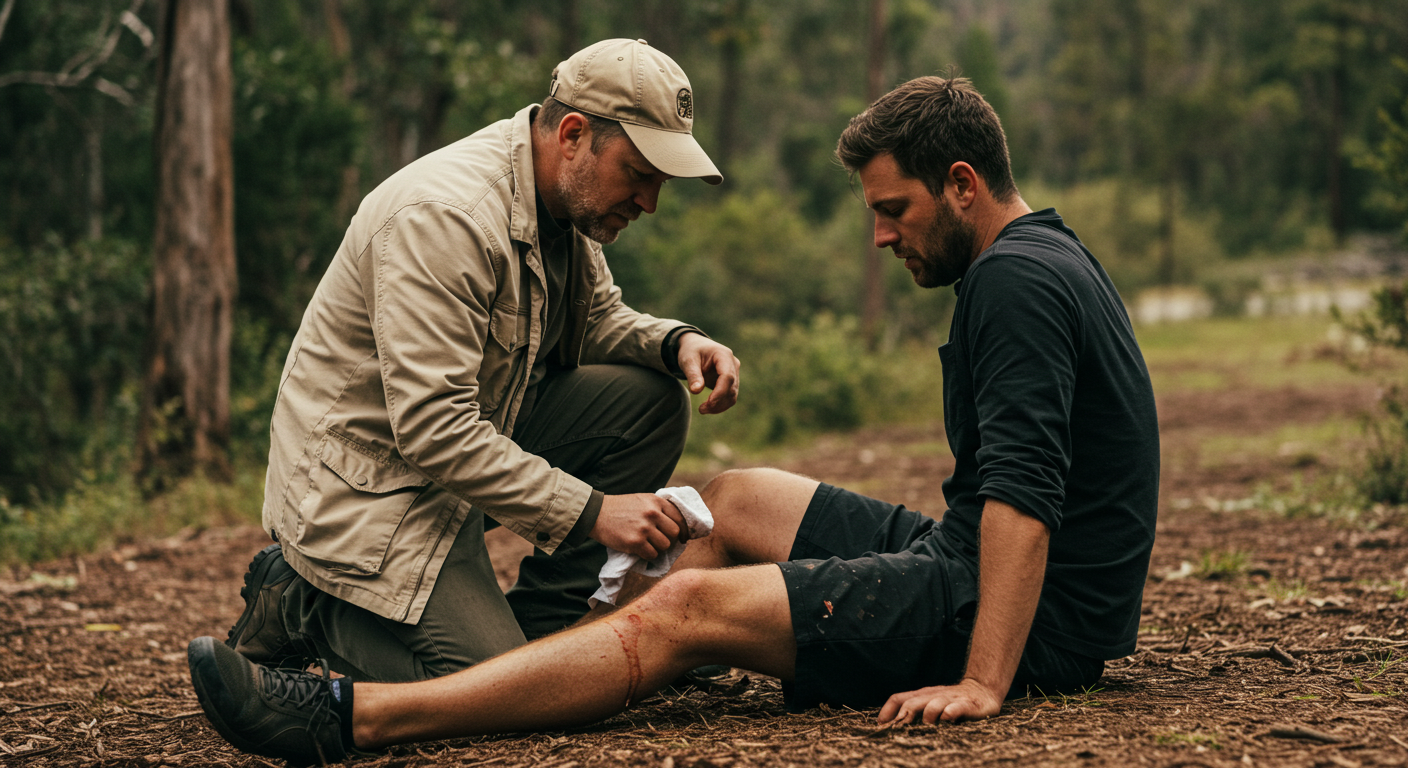In our modern world, we rely on a handful of fuels: electricity, gasoline, diesel, and natural gas. But for most of human history, our ancestors used a wide range of alternatives. Many of these forgotten fuels are still easily accessible to the resourceful prepper, hiding in your backyard, pantry, or garage.
Here are 10 forgotten fuels that could be invaluable in a crisis.
1. Charcoal
Lump charcoal is one of humanity’s oldest fuels. It burns hotter than wood, produces less smoke, and stores for years when kept dry. Charcoal is still a primary cooking fuel in many parts of the world. You can easily make your own by heating dried wood in a semi-sealed vessel with limited oxygen, a process that can be done in a simple backyard kiln made from a 55-gallon drum.
2. Animal Tallow & Lard
Before petroleum became common, people used rendered animal fat (tallow or lard) for light and heat. Tallow can be used in oil lamps or as emergency candles. My grandfather used to render tallow from every animal he butchered, storing it in sealed containers in a cool, dark place for long-term use. The Amish still rely on it for lighting and heating, a quiet reminder that the most reliable fuels have been with us for centuries.
3. Used Cooking Oil
Restaurants discard gallons of used cooking oil daily. With the right know-how, this seemingly useless waste can be converted into biodiesel and used to power modified diesel engines. This is a fuel source that is readily available if you know where to look.
4. Cottonseed Oil
For over a century, rural communities in the American South used cottonseed oil as a biofuel. Extracted from cotton seeds, this plant-based fuel has a decent energy content and can be used in oil lamps or processed into biodiesel.
5. Wood Gas
Also known as Syngas, wood gas is a combustible gas produced by heating wood or other biomass in a low-oxygen environment. During World War II, many cars were modified to run on wood gas due to fuel shortages. Today, you can still build a wood gasifier to power small engines, generators, or cookstoves. It’s a challenging but rewarding skill that can make you truly independent.
6. Distilled Alcohol
Distilled alcohols like ethanol and methanol can be used to fuel alcohol stoves or modified engines. You can produce it from fermented plant materials like corn, sugar cane, or fruit. In a survival situation, even the “heads” and “tails” of a distillation process—which are undrinkable—can be used as a fuel source.
7. Dung Manure Bricks
Dried animal dung is one of the most common fuels in human history. It was a primary fuel source for Native Americans and pioneers on the Great Plains. Today, in rural parts of India and Africa, cow and horse manure are dried into bricks for heat and cooking. It is a slow-burning, renewable fuel that requires no special technology.
8. Corn Cobs
In mid-latitude areas, subsistence farmers used to burn dried corn cobs, stalks, and other agricultural byproducts for cooking and heating. Dried corn cobs burn hot and create long-lasting embers. Most old-fashioned wood stoves can run on this type of dried biomass.
9. Beeswax
Beeswax isn’t just for candles; it’s a powerful and clean-burning fuel. Before paraffin became widely available, beeswax candles were used to light homes because they burn longer and produce very little soot. It can be melted into candles, used as a fire starter when combined with sawdust, or even used in oil lamps.
10. Pine Resin Fatwood
Pine resin, often called “fatwood” or “lighter knot,” is a natural fire accelerant found in the roots and heartwood of pine trees. It lights quickly and burns hot, even when wet. Look for dead pine stumps where the resin collects. It’s an excellent, all-natural fire starter.
Final Thoughts
In a world that is increasingly vulnerable to energy disruptions, knowing how to source alternative fuels is a critical survival skill. Keeping things like charcoal and beeswax on hand, and knowing how to process cottonseed or used cooking oil into diesel, will give you flexibility, independence, and resilience when others are left in the dark.




